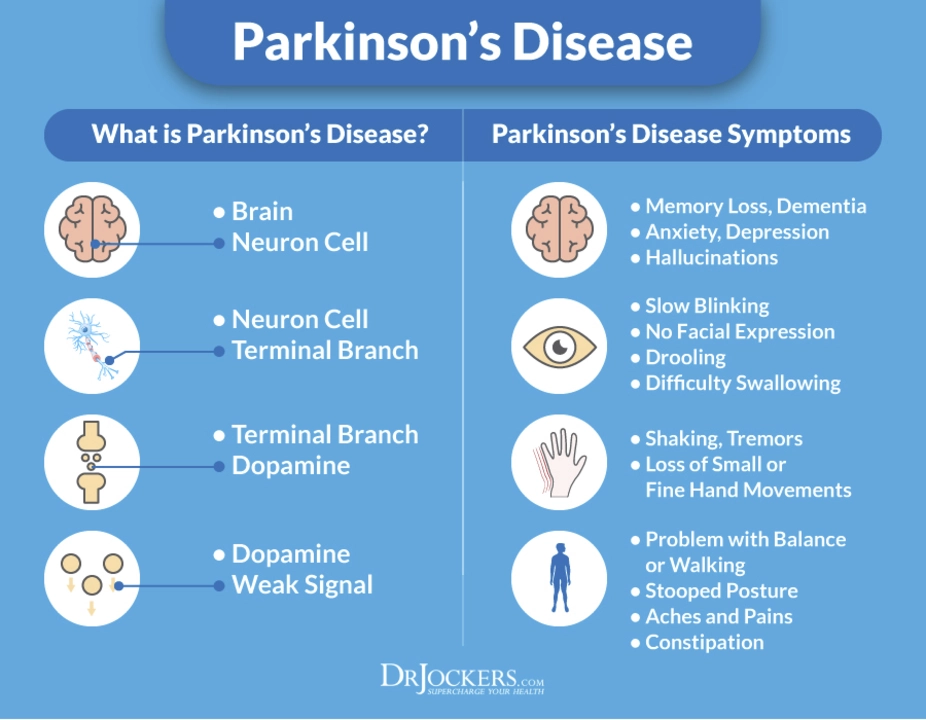Promethazine – What It Is and Why You Might Need It
If you’ve ever been prescribed a medication called Phenergan or saw the name promethazine on a bottle, you already know it’s an antihistamine that does more than just calm allergies. Doctors use it to treat motion sickness, control nausea after surgery, help with asthma symptoms, and even as a short‑term sleep aid. The drug works by blocking histamine receptors in your brain and body, which reduces allergic reactions and calms the central nervous system.
Because promethazine can hit several problems at once, it’s popular for people who need fast relief from itching, sneezing, or a queasy stomach. It comes in tablets, syrup, injectable form, and even a rectal suppository for kids who can’t swallow pills. Knowing the right form and dose for your situation makes all the difference.
When and How to Use Promethazine
First off, always follow the doctor’s instructions—there’s no one‑size‑fits‑all dose. For adults treating allergies, a typical tablet dose is 25 mg every 4–6 hours, not exceeding 200 mg in a day. If you’re using the syrup for kids, the dosage is usually based on weight (about 0.5 mg per kilogram every 6‑8 hours). The injectable version is reserved for hospitals and is given by a nurse or doctor.
Take promethazine with food or milk if it upsets your stomach. It can make you drowsy, so plan to sit down or lie back after the dose—don’t drive, operate heavy machinery, or mix it with alcohol.
If you’re using it for motion sickness, start taking the tablet about an hour before travel. For nausea after surgery, the injection is often given right after the procedure, and you’ll feel relief within minutes.
Safety Tips & Common Side Effects
The biggest thing to watch with promethazine is drowsiness. It can be strong enough that you might fall asleep unintentionally, which is why it’s a go‑to for short‑term insomnia but not a daily sleep aid. Other side effects include dry mouth, blurry vision, constipation, and a slight increase in heart rate.
Serious reactions are rare but possible. If you notice trouble breathing, swelling of the face or throat, or a rash that spreads quickly, seek medical help right away—these could be signs of an allergic reaction.
Children under two years old should not take promethazine unless a doctor specifically orders it; the drug has been linked to severe breathing problems in toddlers. Pregnant or breastfeeding women need to check with their physician because promethazine can pass into breast milk and affect the baby.
When you order promethazine online, make sure the pharmacy is licensed and requires a prescription. Look for reviews that confirm they verify doctors’ notes and ship from reputable sources. Avoid sites promising “no prescription needed” – those are often unsafe and illegal.In short, promethazine can be a handy tool for allergies, nausea, or occasional sleep issues if you respect the dosage guidelines and stay alert to side effects. Keep it out of reach of children, never mix with alcohol, and always buy from a trusted pharmacy. With those basics covered, you’ll get the relief you need without unwanted surprises.
Promethazine and its potential role in managing symptoms of fibromyalgia
I recently came across some interesting information on Promethazine and its potential role in managing symptoms of fibromyalgia. Promethazine is an antihistamine that has been found to provide some relief for those suffering from this chronic pain disorder. Although research is limited, some studies suggest that it may help alleviate symptoms like sleep disturbances, fatigue, and even anxiety. As someone who is constantly on the lookout for new treatments, I find this possibility quite intriguing. Of course, it's important to consult with a medical professional before trying any new medications for fibromyalgia management.
© 2025. All rights reserved.

